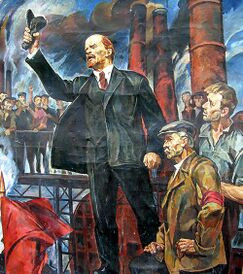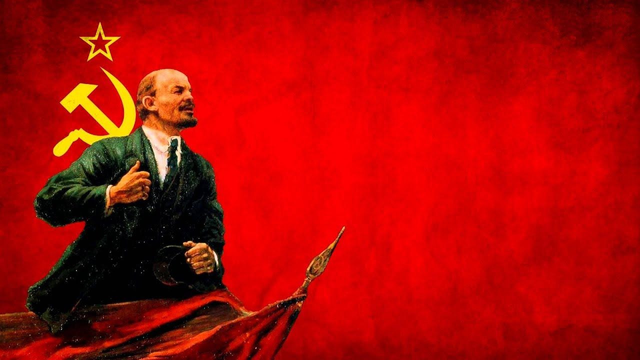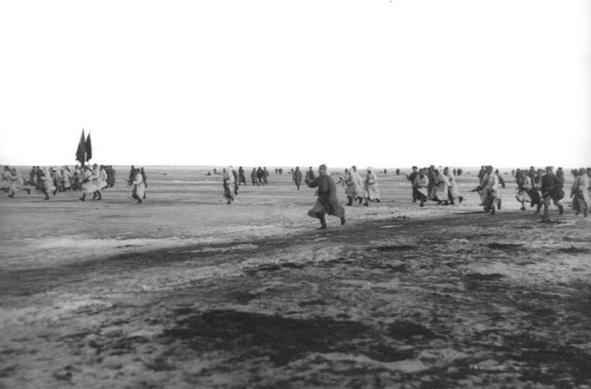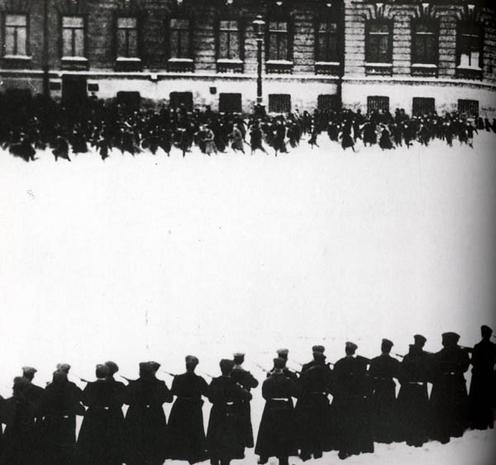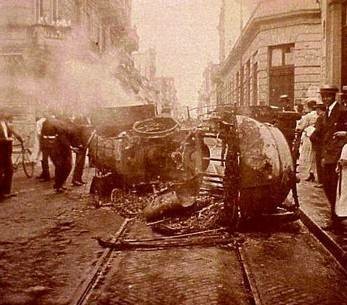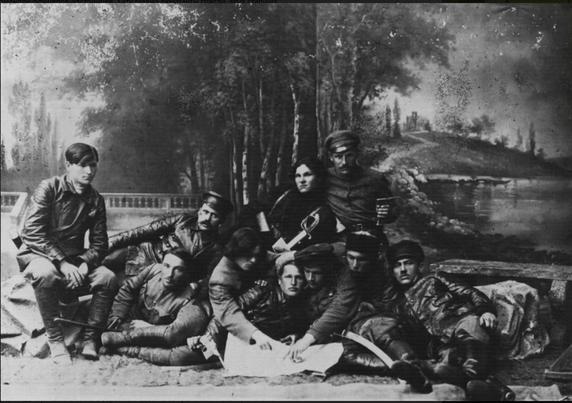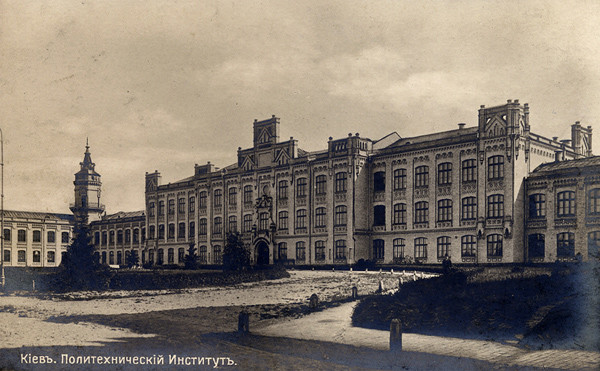I usually leave reading memoirs for periods of severe flu or being off-grid for weeks because they aren’t the most entertaining type of literature, but this one is an exception: Tomasz Parczewski, “Memoirs of Kronstadt governor”, first published in 1935. Unfortunately, all editions were in Polish and the book seems to be largely unknown in non-Polish historiography (which in turn isn’t particularly focused on #Kronstadt).
Parczewski was an ethnic Pole who served in Russian Imperial army and ultimately became the Soviet governor of Kronstadt. He witnessed one of the most embarrassing #Bolshevik failures - the Kronstadt rebellion of 1921.
I haven’t reached this stage yet in the book, but so far it’s an abundant source of first-hand information about life and relations in pre-Soviet Russia, its government and structures, culture and its daily life. One example:
In the rear areas, where war did not directly threaten, a state of affairs was slowly establishing itself such that cadre officers were being sent to the front, and ‘rear’ posts began to be filled with ‘’blagonadiozhnye‘’ (‘trustworthy’ yes-men). So they pack on officers former discharges from regiments, former overt and covert policemen, gendarmes, so that these ‘ears and eyes’ of the Tsar would watch over his cause. (…) Kronstadt is the gate of the capital, so he also had the task of guarding it and from internal enemies. As I was able to see after a short time, the Kronstadt troops were bred not so much for the German as for the eventual strangling of the already widely expected revolution.
Reading modern #Russia military channels, I see pretty much the same criticism, almost identically worded. Parczewski wrote that in 1916, so I just leave the conclusions to the reader…
Apart from that Parczewski seems to be genuinely in love with Helsingfors (today known as #Helsinki), Swedish and Finnish women and high culture of Fins, which is being widely emulated by local Russian snobs. One intriguing part is where he describes his fortification work in “Oggelbin village”, which seems to be located on the coast “17-18 km from Helsingfors” but I’m unable to locate it on any of the modern maps - maybe today it’s just part of Helsinki…
